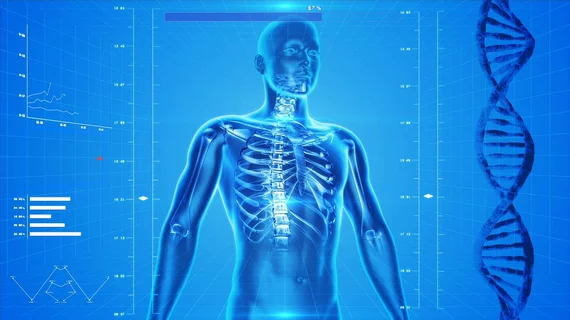AI-generated ‘digital twins’ help head off silently approaching sickness
Cambridge University researchers have come up with a way to use AI for creating “digital twins” of patients. They propose using the technique to predict individuals’ health issues over time and intervene early with personalized preventive care.
Senior author Pietro Lió, PhD, and colleagues at the esteemed U.K. institution present their work in a paper published by Frontiers in Genetics.
The team combined AI with mathematical modeling to “provide a panoramic view over current and future pathophysiological conditions,” they report.
The end result is a graph depicting the digital twin with projected longitudinal changes in blood pressure and other vital signs.
Lió and co-researchers tested two such twins using simulated clinical cases combining data at the levels of organ, tissue and cells.
When they homed in on cytokines, which affect blood pressure and have been associated with COVID-19 infection, the technique performed well in various case simulations.
The results “illustrate the associations between cytokines in blood and other tissue types, which facilitate tissue communication and crosstalks,” the authors explain.
“The graph representation of a computational patient has potential to solve important technological challenges in integrating multiscale computational modeling with AI,” Lió et al conclude. “We believe that this work represents a step forward toward next-generation devices for precision and predictive medicine.”
In their discussion, the authors devote a section to the use of AI in evidence-based medicine relative to their research.
Modeling-based approaches combined with data-driven machine learning techniques, they comment, “will progressively provide models with higher degree of interpretability and generalization ability, which will make evidence-based medicine even more accessible, intensifying the involvement of patients in the decision-making process.”
More:
AI simulations forecasting the evolution of clinical endpoints over time will also reshape clinical guidelines, which will no longer be based just on horizontal population studies. Cross-modality data will be collected for each patient and machine learning models will be used to predict a bundle of possible trajectories representing the future states of the patient, allowing for personalized prescriptions, surgical planning and medical interventions.”
The paper is available in full for free.

